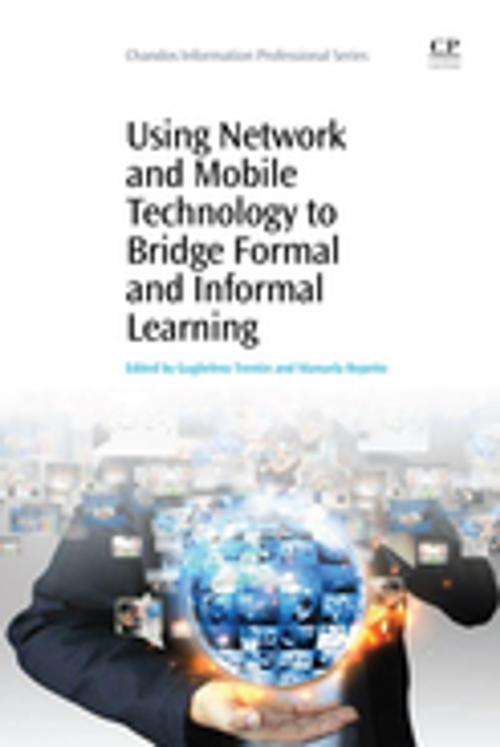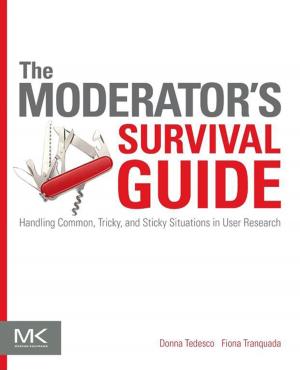Using Network and Mobile Technology to Bridge Formal and Informal Learning
Nonfiction, Science & Nature, Technology, Telecommunications, Reference & Language, Reference, Education & Teaching| Author: | ISBN: | 9781780633626 | |
| Publisher: | Elsevier Science | Publication: | February 8, 2013 |
| Imprint: | Chandos Publishing | Language: | English |
| Author: | |
| ISBN: | 9781780633626 |
| Publisher: | Elsevier Science |
| Publication: | February 8, 2013 |
| Imprint: | Chandos Publishing |
| Language: | English |
An ever-widening gap exists between how students and schools use communication technology. Using Network and Mobile Technology to Bridge Formal and Informal Learning introduces new methods (inspired by ‘pedagogy 2.0’) of harnessing the potential of communication technologies for teaching and learning. This book considers how attitudes towards network and mobile technology (NMT) gained outside the school can be shunted into new educational paradigms combining formal and informal learning processes. It begins with an overview of these paradigms, and their sustainability. It then considers the pedagogical dimension of formal/informal integration through NMT, moving on to teachers’ professional development. Next, the organizational development of schools in the context of formal and informal learning is detailed. Finally, the book covers the role of technologies supporting formal/informal integration into subject-oriented education.
- Includes a framework for the sustainability of new educational paradigms based on the combination of formal and informal learning processes supported by network and mobile technology (NMT)
- Provides a series of recommendations on how to use attitudes towards NMT gained outside the school to integrate formal and informal learning
- Gives a teacher training approach on how to use network and mobile technology-based informal learning to enhance formal learning pathways
An ever-widening gap exists between how students and schools use communication technology. Using Network and Mobile Technology to Bridge Formal and Informal Learning introduces new methods (inspired by ‘pedagogy 2.0’) of harnessing the potential of communication technologies for teaching and learning. This book considers how attitudes towards network and mobile technology (NMT) gained outside the school can be shunted into new educational paradigms combining formal and informal learning processes. It begins with an overview of these paradigms, and their sustainability. It then considers the pedagogical dimension of formal/informal integration through NMT, moving on to teachers’ professional development. Next, the organizational development of schools in the context of formal and informal learning is detailed. Finally, the book covers the role of technologies supporting formal/informal integration into subject-oriented education.
- Includes a framework for the sustainability of new educational paradigms based on the combination of formal and informal learning processes supported by network and mobile technology (NMT)
- Provides a series of recommendations on how to use attitudes towards NMT gained outside the school to integrate formal and informal learning
- Gives a teacher training approach on how to use network and mobile technology-based informal learning to enhance formal learning pathways















